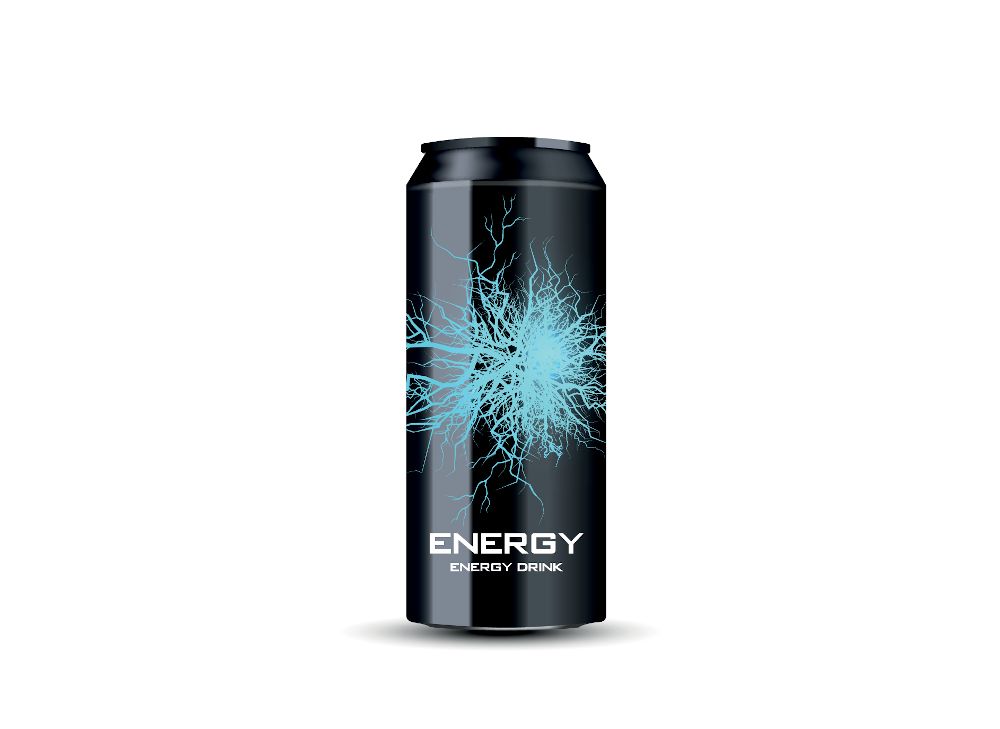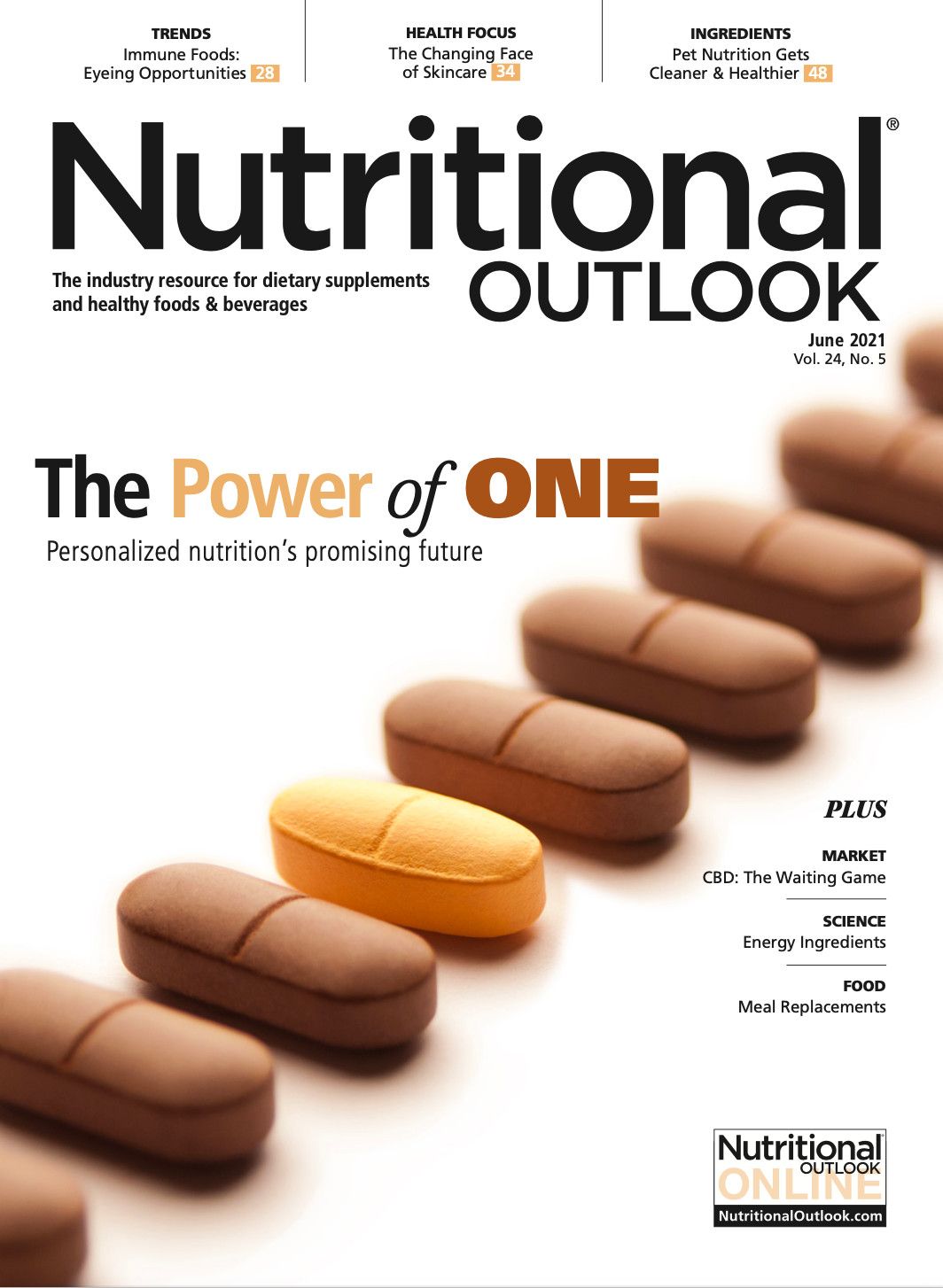Energy Plus: Shoppers demand more from today’s energy products
Multifunctional benefits, cleaner labels, and evidence of safety and efficacy are definitely on the list.
Photo © Zinetron - Stock.adobe.com

Out with the old; in with the new. When it comes to energy products, today’s shoppers are more informed and pickier then ever, seeking healthier, effective products to support their needs for energy—and more. They want a sustained boost without the crash and without added sugar. They also want enhanced mental energy and ability to focus, but without the adrenaline spikes and added stress associated with stimulants.
As consumer demands evolve, so, too, does the market. Ahead, we look at some of the latest developments in energy ingredients.
Recent Research
Shoppers are scrutinizing the safety and efficacy of energy products. Ingredient suppliers who come to the table armed with evidence of safety and efficacy have a leg up.
A 2020 randomized, double-blind, placebo-controlled clinical trial1 investigated both the safety and efficacy of EnXtra, a branded Alpinia galanga mental-performance nootropic extract designed to improve alertness and focus when included in energy products. It is distributed domestically by OmniActive Health Technologies (Morristown, NJ) on behalf of Enovate Biolife (Mumbai, India).
The study tested EnXtra, with and without caffeine, in 69 healthy individuals between the ages of 18 and 45 with no history of cardiac, vascular, endocrine, GI, pancreatic, neurological, or mental illness. All study participants abstained from caffeine and alcohol prior to assessment visits. The subjects were randomly assigned to receive either: 1) 300 mg of EnXtra plus 200 mg of caffeine and 100 mg of microcrystalline cellulose placebo (n = 23), 2) 300 mg of EnXtra plus 300 mg of placebo (n = 23), or 3) two 300-mg capsules of placebo (n = 23), twice per day for 12 weeks. All subjects underwent ECG testing at baseline and on day 84. Subjects were assessed for blood pressure, heart rate, mood (via the Bond & Lader Visual Analogue Scale), daytime sleepiness (via the Epworth Sleepiness Scale), and sleep quality (via the Pittsburgh Sleep Quality Index).
Whether administered with a placebo or with caffeine, EnXtra did not negatively impact blood pressure, heart rate, or sleep quality after 84 days. Both EnXtra plus placebo and EnXtra plus caffeine doubled alertness scores on the Bond and Lader scale. No change in B&L scores was observed in the placebo group. The researchers also determined that EnXtra significantly increased calmness relative to placebo, both by itself and when given with caffeine.
Kimberly Smith, chief marketing officer for OmniActive Health Technologies, says EnXtra targets attention network function (ANF), which plays a critical role in mental alertness and focus. “ANF is the brain’s ability to allocate processing resources to a specific task,” she explains. EnXtra was also found to work quickly. Smith calls it “unique among caffeine-free energy supplements because of its same-day effect that can last for up to five hours.”
Nootropic ingredients like EnXtra that improve alertness, mood, and cognitive function without a crash continue to trend.
And while many energy ingredients focus on building energy through peripheral pathways, one ingredient that’s performing well in studies targets energy production at the cellular level.
One study2 examined the effects of Bioenergy Life Sciences’ (Ham Lake, MN) branded RiaGev ingredient, a blend of ribose and nicotinamide, on cellular indicators of energy. The randomized, double-blind, comparator-controlled crossover study examined the effect of RiaGev on cellular ATP and glutathione levels, as well as NAD+ and NADP+ concentrations. NADP+ is an advanced product of NAD+, which itself is a molecule containing ribose and nicotinamide that facilitates ATP production.
Participants—18 healthy men and women between the ages of 35 and 65—received either 1) 2,000 mg of RiaGev per day (n = 9), or 2) an active comparator (n = 9), for five days. Then, after a seven-day washout period, the subjects crossed over to the opposite study protocol for another eight days. The subjects’ blood concentrations of NAD+ and NADP+ were measured at baseline and after 3, 5, and 8 days, along with serum glucose, insulin, salivary cortisol, and high-energy phosphate.
The yet-to-be-published study found that RiaGev caused statistically significant increases in NAD+ and NADP+ concentrations. RiaGev administration also increased serum concentration of the antioxidant glutathione by 11% over baseline. Salivary cortisol levels decreased in response to RiaGev by up to 10% relative to placebo.
Marianne McDonagh, vice president of sales for Bioenergy Life Sciences, says RiaGev is one example of how the energy market is moving beyond caffeine and to ingredients like ribose. “Custom energy blends are on the rise, and more formulators are using ribose because it boosts the performance of other energy ingredients like CoQ10.”
Meeting Consumer Needs
Consumers are increasingly demanding clean-label products sourced from natural ingredients—energy products especially.
Jessica Giancola, business development director of Coffee Fruit for FutureCeuticals (Momence, IL), says natural ingredients like her company’s patented Coffeeberry Energy provide certain advantages, in addition to a clean label, that both formulators and consumers will appreciate.
“Coffeeberry Energy was found to be less bitter than synthetic alternatives in recent FONA International research,” Giancola says, citing data gathered by flavor ingredients firm FONA. “Coffeeberry Energy delivers antioxidant polyphenols and chlorogenic acids from the whole coffee fruit, which provide a more neutral taste.”
FutureCeuticals recently launched its Natural Caffeine Solutions portfolio, which includes the patented ingredients Coffeeberry Energy whole coffee fruit extract and Coffeeberry Caffeine concentrated green coffee bean extract. Both ingredients are sourced from fair trade farms and can be incorporated in snack bars, beverages, gummies, yogurts, and capsules.
While energy products primarily work to boost physical or mental energy and stamina, consumers are also seeking multifunctional energy products that address other aspects of health.
Kyle Krause, product manager of functional fiber and carbohydrates for Beneo North America (Parsippany, NJ), points to consumer research backing this growing preference. “A 2020 survey commissioned by FMCG Gurus on behalf of Beneo indicated that since the onset of COVID-19, global consumers have become more conscious about their health and well-being,” he says. For instance, he reports, “64% of consumers are more concerned about their immune health, 34% are interested in products that fight fatigue, and 55% are looking for food and drink products that can boost their mood and mental well-being.” If you’re a formulator who can satisfy these interests in an energy formulation, the odds are in your favor.
The sports market is another avenue. Many consumers already seek energy products for sports needs, and if formulators can provide products that jive with healthier lifestyles, all the better.
Beneo’s branded isomaltulose ingredient Palatinose—a sugar-replacing, energy-providing, low-glycemic carbohydrate—can be used to create post-workout recovery beverages combining Palatinose with protein and electrolytes. The beverages, Krause says, provide sustained energy and improve fat oxidation while also delivering 9 g of protein per serving.
A controlled-release energy product with an ingredient like Palatinose is better suited to certain athletes than a high-sugar product made with syrups and sucrose, he points out. High-sugar ingredients provide a quick energy boost that may be ideal for a sprint race or a short, intense training session, Krause notes, but these products don’t serve endurance athletes well. “Low-glycemic carbohydrates with a more constant energy-release rate are better suited to endurance sports,” he says. And, he adds, “Everyone can benefit from reducing blood glucose responses, as this supports metabolic health in a holistic way.”
Tailoring energy products to different user profiles will in fact be an area of big opportunity for energy companies. Charlotte Yi, marketing and operations manager for PLT Health Solutions (Morristown, NJ), says formulators are now assessing energy ingredients to match the needs and desired experiences of different consumer types. Some consumers might use an energy product to wake up in the morning, or to stay up late at night studying, or to run a race, Yi says, and each consumer is looking for something slightly different in an energy product.
PLT Health Solutions’ branded zumXR line of caffeine ingredients, for instance, comes in both extended-release and delayed-release varieties. zumXR Extended Release delivers no more than 55% of its total caffeine concentration within one hour and another 25% over the next five hours. Meanwhile, zumXR Delayed Release delivers no more than 25% of its total caffeine within one hour and no less than 80% within two hours. zumXR Extended Release is designed for endurance athletes and students in a long study session, while zumXR Delayed Release is a pre-workout and intra-workout product.
Constant Evolution
The energy products market had been trending downward in recent years as consumers became wary of the risks and side effects of traditional energy drinks. As suppliers and formulators began replacing caffeine and taurine with newer-to-the-category ingredients that better meet today’s shopper preferences, consumers are taking a second look at the energy market.
To capture their interest, energy companies should continue formulating multifunctional, clean, healthier products that can provide a boost without disrupting sleep, causing jitters, increasing heart rate, or leading to a crash. Going forward, the winners in this category will be the subtler energy products that promote alertness without intensity or negative effects—and with plenty of health benefits to boot.
References
- Srivastava S et al. “A randomized placebo controlled clinical trial demonstrating safety & efficacy of EnXtra in healthy adults.” Journal of the American College of Nutrition, vol. 40, no. 3 (2021): 224-236
- Unpublished study. “Human clinical study shows RiaGev increases NAD+ and NADP+ levels in healthy, middle-aged adults.”


.png&w=3840&q=75)

.png&w=3840&q=75)



.png&w=3840&q=75)



.png&w=3840&q=75)


















